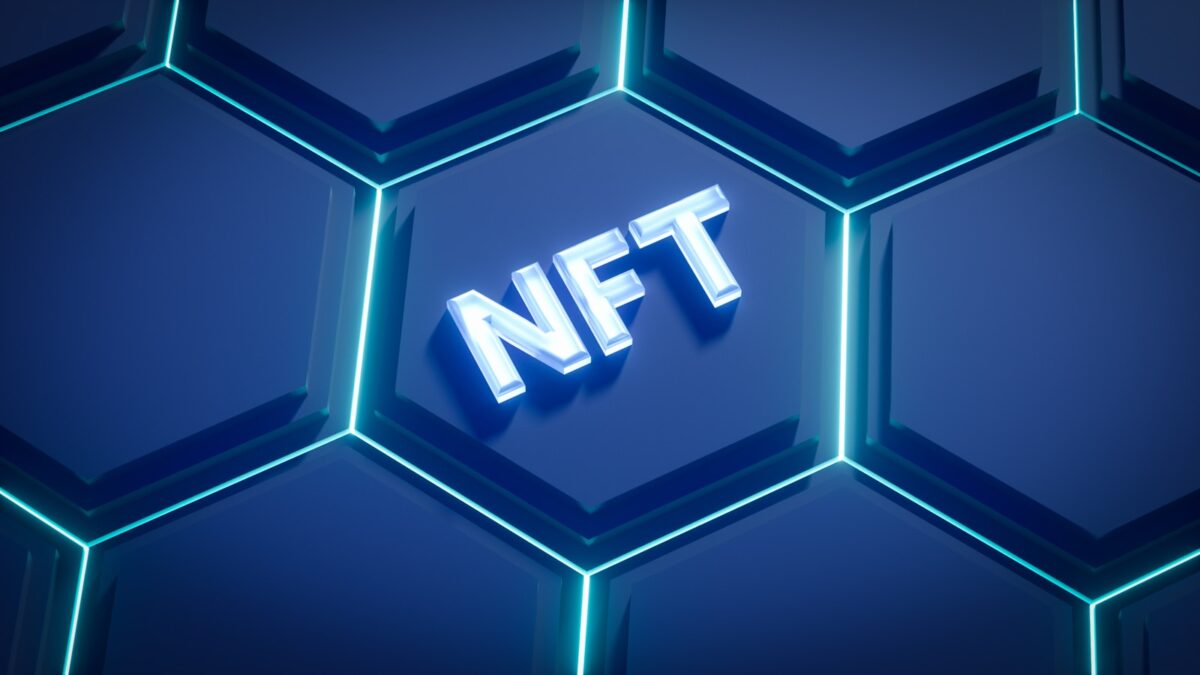
Cryptocurrency mining process breakdown

The computational challenge in block validation relies on adjusting difficulty to maintain a target block generation interval. This adaptive parameter ensures that the rate of solving cryptographic puzzles aligns with network expectations, balancing the influx of new blocks.
The core verification method utilizes proof-of-work, which mandates nodes to find a specific nonce producing a hash below a set threshold. This trial-and-error approach demands significant energy expenditure but guarantees consensus integrity by making manipulation prohibitively expensive.
Successful validators receive rewards proportional to their contribution, incentivizing participation while distributing newly minted tokens. Monitoring the global hash power provides insights into system security and guides adjustments in difficulty to sustain consistent output timing.
An analytical breakdown of this mechanism reveals how fluctuations in computational power impact energy consumption and reward distribution. Investigating these dynamics experimentally can uncover optimization opportunities for both operational efficiency and environmental impact mitigation.
Cryptocurrency mining process breakdown
The validation of new blocks within a blockchain network relies heavily on the proof-of-work consensus mechanism, which demands substantial computational effort from miners. This operation involves solving complex mathematical puzzles by generating numerous hashes at high speed until a hash meeting predefined criteria is discovered. The difficulty parameter adjusts dynamically to maintain a consistent block creation interval, influencing the required computational power.
The rate at which miners produce valid hashes directly impacts their chances of receiving rewards, typically in the form of newly minted tokens and transaction fees. These incentives motivate participants to invest in specialized hardware optimized for hashing performance. However, this activity incurs significant energy consumption, raising questions about sustainability and operational costs across different regions and setups.
Mechanics of Hash Generation and Difficulty Adjustment
The core task involves executing double SHA-256 or other cryptographic hash functions on block headers repeatedly until an output below a target threshold is found. This target adjusts every 2016 blocks in Bitcoin’s protocol, reflecting the current difficulty. If miners collectively increase their hashing power, the difficulty rises proportionally to sustain an average block time of approximately 10 minutes. Conversely, reduced participation lowers difficulty accordingly.
This self-regulating mechanism ensures network stability regardless of fluctuations in total computational capacity. For instance, after the introduction of ASICs (Application-Specific Integrated Circuits), mining speed surged dramatically, prompting multiple upward difficulty recalibrations during 2017-2018. Observing these adjustments provides insight into network health and miner distribution over time.
Energy Expenditure and Hardware Efficiency Considerations
The intense calculation demands translate directly into elevated electrical consumption. Modern mining rigs utilize GPUs or ASICs designed to maximize hash rates per watt consumed. For example, state-of-the-art ASIC models achieve efficiencies exceeding 30 joules per terahash (J/TH), while older GPU setups may operate above 100 J/TH. This disparity influences operational viability depending on local energy prices and environmental regulations.
- Energy Cost Impact: Miners optimize deployment locations based on electricity tariffs to enhance profit margins.
- Sustainability Trends: Integration of renewable energy sources has increased among large-scale operations aiming to reduce carbon footprint.
Earning Rewards Through Competitive Hashing Rates
The probability that a participant successfully discovers a valid hash correlates with their share of overall network hashing power. A higher individual rate improves reward frequency but requires proportional investment in processing units and cooling infrastructure. Pools aggregate resources from multiple contributors to stabilize payout frequency despite individual variability.
Towards Experimentation: Monitoring Network Metrics for Deeper Insight
A practical investigation includes tracking block intervals, difficulty changes, and total hashing power using public explorers or APIs like Blockchain.info or Blockchair. Comparing these datasets over weeks reveals correlations between hardware deployments and network responses. Such analysis encourages hypotheses regarding miner behavior under shifting economic conditions or protocol updates.
This approach fosters critical thinking beyond theoretical knowledge by inviting exploration into how subtle shifts in parameters affect decentralized consensus resilience and fairness among competing validators.
Hardware Selection for Mining
Choosing the appropriate hardware directly impacts the efficiency and profitability of the proof-of-work validation. Devices with higher hash rates can solve cryptographic puzzles faster, increasing the likelihood of obtaining rewards in a competitive environment where difficulty adjusts dynamically. For example, Application-Specific Integrated Circuits (ASICs) designed for SHA-256 algorithms consistently outperform general-purpose GPUs due to their optimized circuitry, offering superior energy-to-hash ratios.
Energy consumption remains a critical parameter when evaluating equipment since operational costs influence net gains significantly. Miners must balance raw computational power against wattage usage; devices with high hash output but excessive energy demands may reduce overall profitability. Experimental data from various mining farms reveal that ASIC models such as the Antminer S19 Pro deliver approximately 110 TH/s at around 3250 watts, demonstrating an industry benchmark for balancing power and efficiency.
Technical Factors Influencing Hardware Choice
The network’s difficulty level governs how challenging it is to find valid hashes; as difficulty increases, older or less powerful devices lose competitiveness rapidly. Continuous improvements in integrated circuits have led to successive generations of miners achieving increased hash performance per joule consumed. This iterative progression suggests that investing in up-to-date hardware enables sustained participation in reward allocation cycles despite escalating complexity.
Aside from pure computational throughput, thermal management plays a pivotal role in maintaining consistent operation and prolonging device lifespan. Overheating can cause throttling or hardware failure, which interrupts hashing efforts and diminishes expected returns. Case studies from industrial setups emphasize effective cooling solutions – including immersion cooling and optimized airflow designs – as essential complements to hardware selection strategies.
Miners should also consider modularity and upgrade paths when selecting equipment. Some advanced units allow component swaps or firmware updates that refine operational parameters without full replacement, enabling adaptability amid shifting algorithmic demands or protocol upgrades. Research into open-source firmware adaptations reveals potential for incremental performance boosts through software-level optimizations tailored to specific chipsets.
Finally, geographical factors related to energy prices and climate influence hardware viability beyond raw specifications. Regions with lower electricity costs enhance the attractiveness of high-consumption units by reducing overhead expenses proportionally. Simultaneously, cooler ambient temperatures improve thermal dissipation naturally, supporting stable hashing rates over extended periods without additional cooling investments. Evaluating these environmental variables alongside technical metrics enriches decision-making frameworks for efficient resource deployment in competitive validation environments.
Setting up mining software
Selecting and configuring the appropriate software is fundamental for efficient operation within a proof-of-work environment. The setup must optimize the hash rate, which directly impacts the ability to solve cryptographic puzzles and secure block rewards. Fine-tuning parameters such as thread concurrency, intensity, and power limits on compatible hardware can substantially influence throughput without proportionally increasing energy consumption. For example, specialized miners using ASICs require firmware adjustments distinct from GPU-based systems, where clock speeds and memory timings play crucial roles.
The difficulty level of the network dictates how computationally expensive each hashing attempt becomes. Proper installation involves syncing with accurate blockchain data to ensure valid shares are submitted during operation. Software like CGMiner or BFGMiner provides options to monitor real-time statistics including accepted hashes, stale shares, and rejection rates–metrics essential for diagnosing inefficiencies in ongoing calculations. Establishing secure connections to mining pools also reduces latency-related losses, thereby maximizing effective participation in reward distribution.
Optimizing performance through configuration
Adjusting settings to accommodate fluctuating network difficulty demands continuous experimentation. Increasing intensity settings elevates hash computation speed but may generate excessive heat or strain power supplies beyond sustainable levels. Balancing energy input against output rate ensures operational viability over extended periods. Case studies reveal that miners who calibrate fan curves alongside voltage thresholds achieve longer hardware lifespans while maintaining competitive hash rates.
A critical aspect involves selecting compatible algorithms that align with the mining rig’s architecture to exploit parallel processing capabilities fully. Some modern clients support automatic switching between algorithms based on profitability analysis tied to current market conditions and difficulty spikes. This adaptability can enhance net gains by redirecting computational efforts toward less saturated protocols with lower proof-of-work barriers but comparable reward potential.
Mining Pool Participation Steps
The initial step for miners joining a shared computational effort involves selecting an appropriate pool that matches their hardware capabilities and desired payout methods. Miners must evaluate the pool’s hash rate, which directly correlates with the collective processing power contributing to solving the proof-of-work puzzles. Higher hash rates typically increase the probability of earning block rewards, but also influence the distribution frequency and fees charged by the pool.
Following selection, miners configure their devices to connect with the pool’s server, often requiring specific software tailored to communicate efficiently with the mining protocol employed. This setup includes inputting credentials, such as worker IDs and passwords, which authenticate each participant within the network. Proper configuration ensures that submitted hashes are attributed correctly, allowing fair allocation of rewards based on individual contributions.
Key Technical Phases in Joining Mining Pools
Once connected, miners begin submitting computational attempts–hashes–that meet or exceed a set difficulty threshold defined by the pool. The difficulty dynamically adjusts to maintain a constant block discovery interval despite fluctuations in total network power. Miners’ machines continuously calculate hashes until one meets this target, proving that sufficient work has been performed under proof-of-work consensus mechanisms.
The pool aggregates valid shares from all participants and communicates with the blockchain network to validate newly found blocks. Upon successful validation, block rewards are distributed proportionally among miners according to their contributed share rate during that period. Various reward schemes exist, including Pay-Per-Share (PPS), proportional distribution, and score-based systems, each balancing risk and payment timing differently.
- PPS (Pay-Per-Share): Immediate payouts based on submitted shares regardless of block confirmation risk.
- Proportional: Rewards allocated after block discovery relative to share submission volume.
- Score-Based: Prioritizes recent shares to discourage pool hopping and stabilize earnings.
A critical ongoing task involves monitoring connection stability and mining efficiency metrics such as hash rate consistency and accepted share ratio. Interruptions or high rejection rates indicate configuration errors or hardware inefficiencies that reduce expected returns. Detailed logs provided by mining clients allow miners to optimize parameters like thread count or intensity settings for maximal throughput without compromising hardware longevity.
The evolving global network difficulty requires miners within pools to adapt periodically by updating software versions or adjusting operational tactics. Pools often provide dashboards showing real-time statistics on current difficulty levels, total hash rate distribution among members, and estimated earnings based on historical data. Understanding these indicators empowers miners to make informed decisions regarding continued participation or potential migration between pools for optimal profitability.
Conclusion on Calculating Mining Profitability
Accurately assessing profitability requires integrating hashrate metrics with current proof-of-work difficulty levels and energy consumption costs. The interplay between computational power and network complexity dictates the effective probability of discovering a valid hash, directly influencing expected rewards. For instance, a rig operating at 100 TH/s under a difficulty of 20 trillion faces vastly different reward expectations than one at 50 TH/s when difficulty doubles.
Energy efficiency remains the most significant variable impacting net returns, especially as difficulty escalates exponentially over time. Models must incorporate dynamic electricity rates and hardware degradation to forecast sustainable operations. Experimental scenarios where incremental increases in hashrate are offset by disproportionate rises in power draw highlight the necessity of optimizing both hardware selection and operational parameters.
Key Technical Insights and Future Perspectives
- Difficulty Adjustments: Algorithmic recalibrations approximately every two weeks alter success probabilities, requiring continuous monitoring to maintain profitability thresholds.
- Hashrate Scaling: Marginal gains in computational speed must be weighed against nonlinear energy consumption curves to avoid diminishing returns.
- Reward Structures: Block subsidies combined with transaction fees create fluctuating revenue streams sensitive to network activity and protocol upgrades such as halvings.
- Energy Optimization: Emerging technologies like immersion cooling and renewable integration present promising avenues for reducing operational expenses without sacrificing throughput.
The advancing architecture of consensus mechanisms may redefine the economic calculus by shifting away from energy-intensive computations toward alternative verification schemes. Experimentation with hybrid models combining proof-of-work elements with proof-of-stake components could mitigate escalating difficulty while preserving network security. Engaging with these evolving parameters through rigorous data analysis empowers operators to optimize configurations adaptively rather than relying on static assumptions.
This analytical framework encourages deeper inquiry into how scaling hashrate, adapting to fluctuating difficulty, managing energy inputs, and projecting reward trajectories collectively shape viable strategies in decentralized validation systems.


